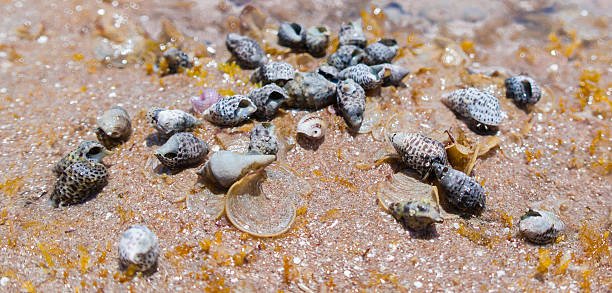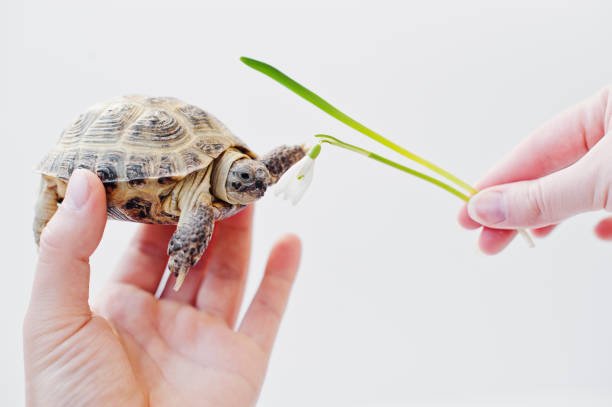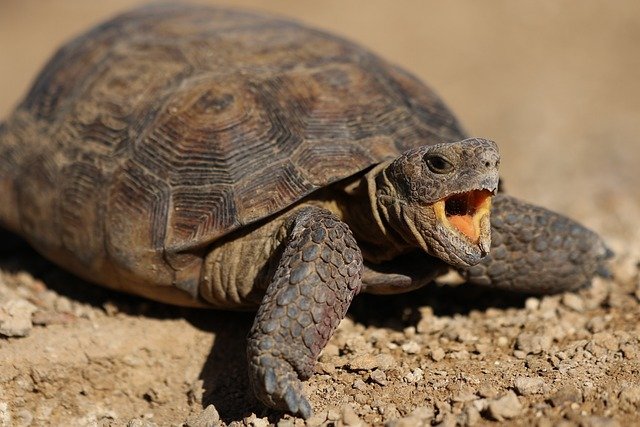Snapping turtles are very beautiful creatures with a unique appearance, long lifespan, and strong bite. To the turtle admirer as well as a pet owner, knowing the rate at which snapping turtles grow can ensure their proper care, nutrition, and habitat. This guide centers on the growth rate of snapping turtles, discussing growth stages, factors that influence growth, and a detailed comparison between two species: the common snapping turtle and the alligator snapping turtle.
Table of Contents
Introduction to Snapping Turtle Growth
Why Growth Rate Matters
Snapping turtles are reptiles that, for those caring for them in captivity or interested in studying them in their natural habitats, require an understanding of their growth rate. The reasons why this information is crucial include:
- Providing suitable habitats: For example, as snapping turtles grow, their enclosures must be big enough to accommodate them.
- Nutrition: The diets of these turtles change based on growth stages.
- Health monitoring: In case there is too much or little growth in a snapping turtle, its health might be compromised in some way, and professional attention must be sought.
This article will give you the inside scoop on how snapping turtles grow and what aspects determine the growth of snapping turtles.
Species of Snapping Turtles and Growth Variance
Snapping turtles mainly have two species:
- Common Snapping Turtle (Chelydra serpentina): These are aggressive creatures with powerful jaws; they can grow up to 10-18 inches long and weigh between 10 and 35 pounds.
- Alligator Snapping Turtle (Macrochelys temminckii): These are the largest freshwater turtle species in North America. Alligator snapping turtles can reach up to 26 inches and weigh between 100 and 175 pounds.
These species differ in growth rates and care, making it necessary to separate them for successful care.
Life Stages of Snapping Turtles

Snapping turtles go through three primary life stages with differing needs and growth expectations:
Hatchling Stage (0-1 Year)
- At Hatching: 1-1.5 inches in shell length.
- Growth Rate: Hatchlings grow fast, reaching up to 3 inches by the end of the first year.
- Diet: Feed them with high-protein food sources such as small fish, insects, and specialized hatchling pellets.
- Care Tips: Maintaining a warm environment helps ensure hatchlings stay healthy.
Juvenile Stage (1-5 Years)
- Shell Length Range: 3-10 inches.
- Growth Rate: Although slower than that of hatchlings, growth in size is still noticeable.
- Diet: A varied diet with a mix of protein and vegetable matter.
- Care Tips: Monitor growth in weight and shell closely, as changes in both often indicate health problems.
Adult Stage (>5 years)
- Size Range: Most growth occurs in weight rather than shell length at this stage.
- Growth Rate: Slower than in hatchlings; adults focus more on putting on weight.
- Diet: Balanced diet consisting of protein and plant material, including leafy greens, aquatic vegetation, and small fish.
- Care Tips: Ensure the enclosure is large enough to allow natural movement and includes hiding places.
Influencing Factors of Growth in Snapping Turtles
Diet and Nutrition
- Hatchlings and Juveniles: Require a high-protein diet from sources like fish, insects, and pellets.
- Adults: Need a balanced diet of proteins and plant matter, such as aquatic vegetation and leafy greens.
- Overfeeding: Can lead to obesity and metabolic bone disease, so portion control is essential.
Environment and Habitat
- Water Temperature: Maintain between 75°F-80°F. Higher temperatures support metabolism and digestion, promoting growth.
- UVB Light: Essential for vitamin D3 synthesis, which aids calcium absorption for shell health.
- Water Quality: Clean water reduces infection and disease risks, which can hinder growth.
Genetics and Sex
- Genetics: Can influence growth potential.
- Sex: Males generally grow larger than females, especially in alligator snapping turtles.
Growth Curves for Common and Alligator Snapping Turtles
Table 1: Growth Curve for Common Snapping Turtles
| Age (Years) | Average Shell Length (inches) | Shell Length (cm) | Average Weight (lbs) | Average Weight (kg) |
|---|---|---|---|---|
| 0 | 1 – 1.5 | 2.5 – 4 | 0.04 | 0.02 |
| 1 | 3 – 5 | 7.6 – 12 | 0.4 – 1.1 | 0.2 – 0.5 |
| 2 – 3 | 5 – 6 | 13 – 15 | 1.5 – 2.6 | 0.7 – 1.2 |
| 4 – 6 | 7 – 9 | 18 – 24 | 5 – 8 | 2.3 – 3.6 |
| 10 | 10 – 12 | 25 – 30 | 10 – 15 | 4.5 – 7 |
| 15 – 40 | 14 – 18 | 36 – 47 | 17 – 33 | 8 – 15 |
Table 2: Growth Curve for Alligator Snapping Turtles
| Age (Years) | Shell Length (inches) | Shell Length (cm) | Average Weight (lbs) | Average Weight (kg) |
|---|---|---|---|---|
| 0 | 1.5 | 3.8 | Few ounces | 0.1 |
| 1 | 3 – 4.5 | 7.6 – 11.5 | 1 – 2 | 0.4 – 0.9 |
| 2 – 3 | 5 – 8 | 12.7 – 20.3 | 3 – 7 | 1.4 – 3.2 |
| 5 | 10 | 25.4 | 10 | 4.5 |
| 10 | 15 – 20 | 38 – 50.8 | 25 – 35 | 11.3 – 15.9 |
| 20 – 40 | 16 – 26 | 40.6 – 66 | 50 – 175 | 22.7 – 79.4 |
Care Tips to Promote Healthy Growth

Balanced Diet and Feeding Schedule
Provide a balanced diet suitable for all life stages, with more protein for young turtles and more plant matter for adults. Avoid overfeeding to reduce the risk of obesity, and maintain a regular feeding schedule.
Size of Enclosure and Habitat Enrichment
- Enclosure Size: Especially for adults, a 150-gallon tank is recommended.
- Basking and Substrate: Offer a basking area and a substrate like sand or gravel to mimic the natural environment.
Periodic Health Check-Ups
Regularly measure shell length and weight to detect growth anomalies early, as well as any changes in behavior or appetite that might indicate health issues.
Growth Patterns: Captive vs. Wild Growth
There are distinct differences in growth patterns observed between captivity and the wild:
- Captivity: Snapping turtles often become larger and live longer due to regular feeding, controlled temperatures, and lack of predators.
- Wild: Growth is slower due to limited food, predators, and environmental challenges.
Frequently Asked Questions
How Fast Do Snapping Turtles Grow?
Snapping turtles grow the fastest in their first few years, especially in the hatchling and juvenile stages. Common snappers can grow 3-5 inches in their first year, whereas alligator snappers grow gradually but reach larger adult sizes.
How Big Do Snapping Turtles Get?
Common snapping turtles reach lengths of 10-18 inches and weigh 10-35 pounds, whereas alligator snapping turtles grow up to 20-26 inches and can reach up to 175 pounds.
How Long Does a Snapping Turtle Live?
In captivity, snapping turtles can live 30 to 50 years or more. In the wild, they typically live around ten years due to environmental challenges and predators.
How Old Is My Snapping Turtle?
Estimating age from size is difficult, as each turtle grows differently. The growth charts included here can provide an approximate idea.
What to Feed Your Snapping Turtle?
Young turtles benefit from high-protein foods, while adults require a balanced diet with more plant matter. Suitable foods include fish, insects, leafy greens, and aquatic vegetation.
Conclusion
Snapping turtles are fascinating reptiles with significant growth potential, especially during their youth. By understanding their growth stages, dietary needs, and environmental requirements, caregivers can provide optimal care to encourage a healthy, long life. Whether observing them in the wild or caring for them as pets, knowledge of snapping turtle growth patterns and needs ensures these animals thrive.





Pingback: Do Turtles Have Scales? Unveiling the Intriguing Anatomy of the Most Fascinating Creature - The Scutes of the Turtle